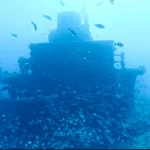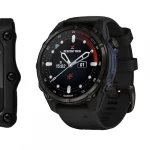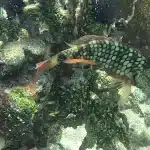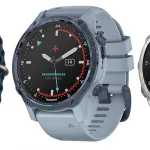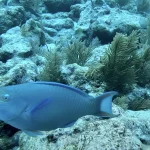Table of Contents
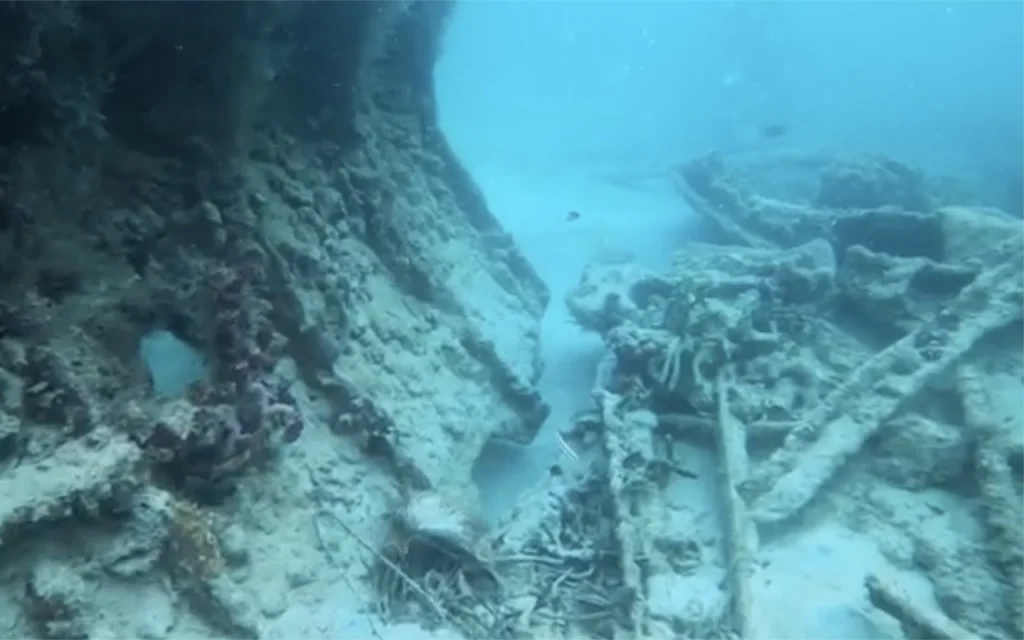
The combination of historical significance, shallow depth, rich marine life, and protected status makes the Half Moon a distinctive and appealing dive site compared to other shipwrecks in Florida.
Article at a Glance
Historical Significance: The Half Moon, originally named Germania, was a luxury racing yacht built in 1908, seized during World War I, and later converted into a floating restaurant before sinking in 1930.
Location and Accessibility: The wreck is located off Key Biscayne, Florida, at coordinates 25° 43.654′ N, 80° 08.069′ W, resting in shallow waters approximately 8 to 10 feet deep, making it accessible to divers and snorkelers of all skill levels.
Unique Features: Divers can identify several historical features, including the partially intact hull, a memorial plaque, and vibrant marine growth that has formed over the wreck.
Marine Biodiversity: The site is home to a variety of marine life, including stingrays, pufferfish, lobsters, and colorful coral species, enhancing the underwater experience for divers.
Safety Measures: Important safety measures include mooring buoys to prevent anchor damage, the requirement of a diver-down flag, and recommendations to dive during high slack tide for optimal visibility.
Legal Protections: The Half Moon is part of Florida’s Underwater Archaeological Preserve, ensuring its protection and preservation for future generations and prohibiting unauthorized disturbance of the site.
Diving Operators: Several dive shops, including South Beach Divers, Divers Paradise, Grove Scuba, and Austin’s Diving Center, offer guided trips to the Half Moon wreck, providing equipment rentals and experienced dive guides.
Shipwreck Location Coordinates and Depth
Depth
The wreck rests in shallow waters, approximately 8 to 10 feet deep, and is part of Florida’s Underwater Archaeological Preserve.
Location Coordinates
he Half Moon shipwreck is located at latitude 25° 43.654′ N and longitude 80° 08.069′ W, just outside Bear Cut, which separates Virginia Key from Key Biscayne, near Miami, Florida.
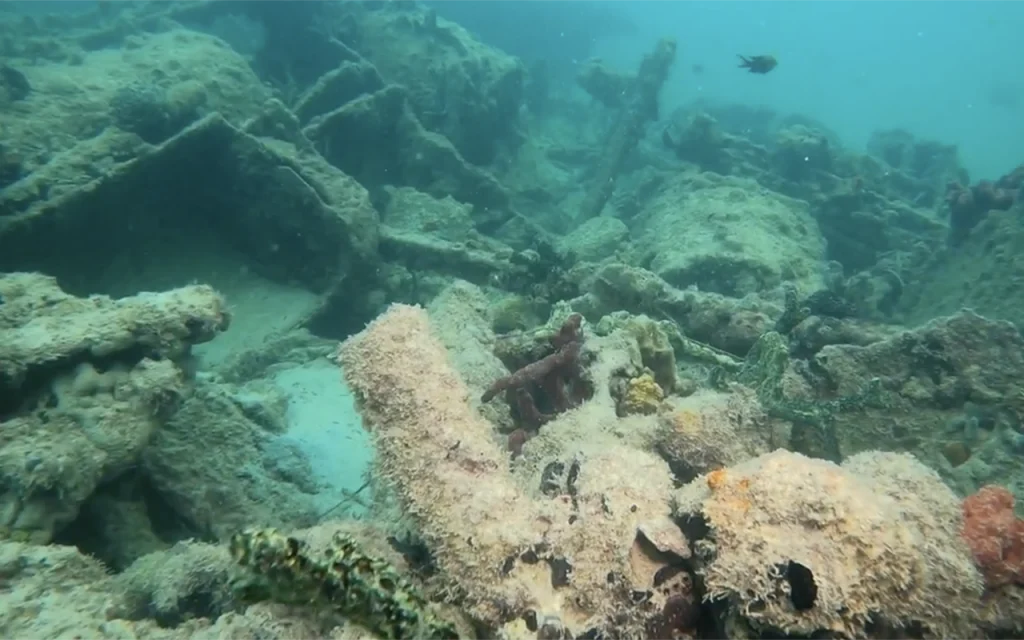
What Do Scuba Divers Say About This Ship
- Ideal for Beginners: The Half Moon wreck is considered a good site for beginner divers due to its shallow depth, with the top of the wreck being only about 4 feet below the water at low tide and a maximum depth of around 10 feet.
- Visibility and Tides: Divers note that visibility at the site can change dramatically with the tides. It is recommended to dive at high slack tide to ensure clearer water, as murky water can leave Biscayne Bay with the tides.
- Marine Life: The wreck is home to a variety of marine life, including stingrays, giant puffers, lobsters, and parrotfish. This makes it an attractive site for underwater photography and snorkeling.
- Historical Interest: The Half Moon is a 154-foot steel racing yacht that sank in 1930. There is a memorial plaque in the center of the wreck, adding historical interest to the dive.
- Safety Considerations: Divers are advised to be cautious of boat traffic in the area and to use a surface buoy if necessary. The site features two mooring buoys, one at the bow and one at the stern, to assist with diving safety.
What Kind of Marine Life Can Be Found on The Ship
The Half Moon shipwreck off the coast of Key Biscayne, Florida, is home to a diverse array of marine life. Visitors to the site can encounter damselfish, sergeant majors, spiny lobsters, bristle worms, angelfish, porcupinefish, stingrays, and pufferfish. The wreck also supports sponges and corals, creating a vibrant underwater ecosystem. This rich marine biodiversity makes the Half Moon a popular site for divers and snorkelers interested in both marine life and historical exploration.
Key Information
| Key Information | Details |
|---|---|
| Original Name | Germania |
| Built | 1908 in Kiel, Germany |
| Historical Significance | Luxury racing yacht, later used as a floating restaurant and casino |
| Location | Off Key Biscayne, Florida |
| Coordinates | Latitude 25° 43.654′ N, Longitude 80° 08.069′ W |
| Depth | Approximately 8 to 10 feet |
| Marine Life | Includes stingrays, pufferfish, lobsters, and corals |
| Diving Conditions | Best visibility during high slack tide; equipped with mooring buoys |
| Protection Status | Part of Florida’s Underwater Archaeological Preserve |
| Accessibility | Suitable for divers of all skill levels, as well as snorkelers |
What Makes The Half Moon a Unique Diving Experience
- Historical Significance: The Half Moon was originally a German racing yacht named Germania, built in 1908. It has a rich history, having been seized as a war prize during World War I and later used as a floating restaurant before sinking in 1930. This historical background adds a layer of intrigue to the dive.
- Shallow Depth: The wreck lies in shallow waters, with the top of the wreck only about 2 meters below the surface at low tide. This makes it accessible to divers of all skill levels, as well as snorkelers and free divers, providing an opportunity to explore a historic site without the need for deep diving skills.
- Marine Life: The site is home to a variety of marine species, including stingrays, pufferfish, lobsters, eagle rays, and parrotfish. The presence of such diverse marine life enhances the diving experience, making it appealing for underwater photography.
- Underwater Archaeological Preserve: The Half Moon is part of Florida’s Underwater Archaeological Preserves, which means it is protected and maintained for educational and recreational purposes. This status ensures that the wreck is preserved for future generations and adds an educational aspect to the dive.
- Visibility and Conditions: While visibility can vary with the tides, it generally ranges from 10 to 30 meters, providing clear views of the wreck and its surroundings. The site also features mooring buoys to facilitate diving and protect the wreck from anchor damage.
How Does The Half Moon Compare to Other Shipwrecks in Florida
- Historical Background: The Half Moon, originally named Germania, was a luxury racing yacht with a storied past, including being seized as a war prize during World War I. This rich history adds a layer of intrigue that is not always present in other wrecks, which may have been commercial or military vessels without such a colorful background.
- Shallow Depth: The wreck is located in shallow waters, about 8 to 10 feet deep, making it accessible to snorkelers as well as divers. This is in contrast to many other shipwrecks that require advanced diving skills due to greater depths.
- Marine Life: The Half Moon is teeming with marine life, including damselfish, sergeant majors, spiny lobsters, and angelfish. This biodiversity, combined with the wreck’s historical significance, makes it a compelling site for underwater exploration.
- Underwater Archaeological Preserve: As one of Florida’s Underwater Archaeological Preserves, the Half Moon is protected and maintained, ensuring that it remains an educational and recreational resource. This status is shared with other notable wrecks like the SS Copenhagen, but the Half Moon’s unique history as a racing yacht sets it apart.
- Recognition and Accessibility: The Half Moon is part of the National Register of Historic Places, highlighting its cultural and historical importance. It is easily accessible from Miami, providing a convenient dive site for both locals and tourists.
What is The Full History of This Ship
Early Years and Racing Success
- Construction and Launch: The ship was built in 1908 in Kiel, Germany, for the Krupp family. It was a luxury racing yacht designed for competitive sailing.
- Racing Achievements: As Germania, it achieved significant success in yacht racing, winning numerous prestigious races in Europe and the United States.
World War I and Seizure
- Seizure as a War Prize: During World War I, Germania was seized by the British as a war prize. It was later sold to an American owner and renamed Half Moon.
Later Years and Sinking
- Conversion and Use: The yacht was converted into a floating restaurant and casino in Miami, Florida.
- Sinking: In 1930, the Half Moon sank in a storm off Key Biscayne, Florida. The wreck now lies in shallow waters and is part of Florida’s Underwater Archaeological Preserve.
Current Status
- Diving Site: Today, the Half Moon wreck is a popular diving site, known for its historical significance and rich marine life. It serves as an educational and recreational resource, attracting divers and snorkelers interested in both history and marine biodiversity.
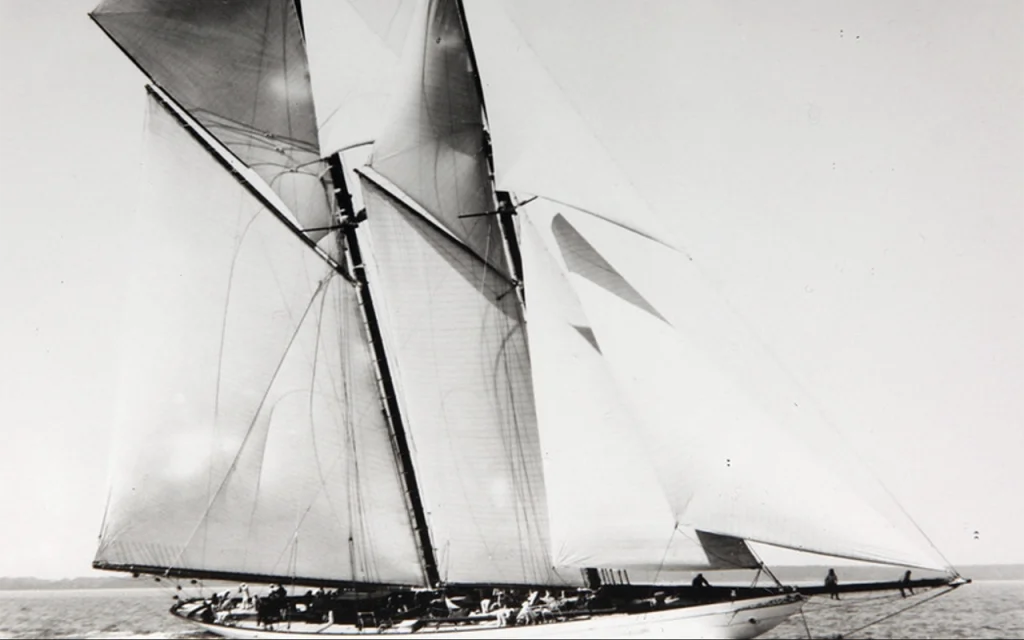
What Historical Features Can Still Be Identified on The Half Moon Wreck
- Partially Intact Hull: The hull of the ship remains largely intact, although it is partially buried in the sand. This allows divers to get a sense of the yacht’s original structure and design.
- Memorial Plaque: A memorial plaque is situated in the middle of the wreck, providing information about the ship’s history and significance.
- Marine Growth: The wreck is covered with soft corals and sponges, which have integrated with the ship’s structure over time. This marine growth not only adds to the site’s visual appeal but also offers a glimpse into the natural processes of underwater ecosystems.
- Mooring Buoys: The site features mooring buoys at the bow and stern, which help to protect the wreck from anchor damage and indicate its location to divers.
What Safety Measures Are in Place for Divers Visiting The Half Moon
- Mooring Buoys: The site is equipped with two mooring buoys, one at the bow and one at the stern of the wreck. These buoys help prevent anchor damage to the wreck and provide a secure place for boats to tie up.
- Diver-Down Flag: State law requires divers to display a diver-down flag and remain within 100 feet of it. This flag alerts other boaters to the presence of divers in the water, enhancing safety.
- Tide Awareness: Divers are advised to dive during high slack tide for the best visibility and to avoid strong currents. Visibility can change dramatically with the tides, so checking tide tables is recommended.
- No Anchoring on the Wreck: Anchoring directly on the wreck is prohibited to protect the site. If necessary, boats should anchor in the sand away from the wreck to avoid causing damage.
- Legal Protections: The Half Moon is protected by Florida laws that prohibit unauthorized disturbance, excavation, or removal of artifacts. This ensures that the site remains preserved for educational and recreational purposes.
- General Safety Practices: Divers are encouraged to use safe diving procedures, including monitoring their depth and air supply, and being aware of boat traffic in the area.
Provide a List of Dive Shops That Prove Diving Trips to This Shipwreck
- South Beach Divers: Located in Miami Beach, this dive shop provides access to the Half Moon wreck and other local dive sites.
- Divers Paradise: Situated in Key Biscayne, this shop offers diving trips to the Half Moon wreck, taking advantage of its proximity to the site.
- Grove Scuba: Based in Coconut Grove, Miami, Grove Scuba is another option for divers looking to explore the Half Moon wreck.
- Austin’s Diving Center: Located in Miami, this dive center offers services for diving at the Half Moon wreck.
- Tarpoon Skin Diving Center: Situated in Hialeah, Florida, this shop provides diving trips to the wreck.

